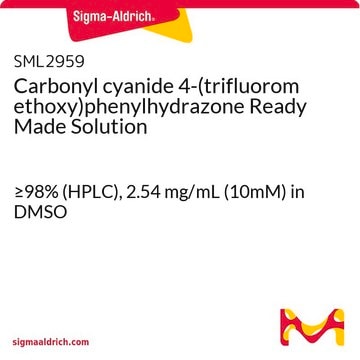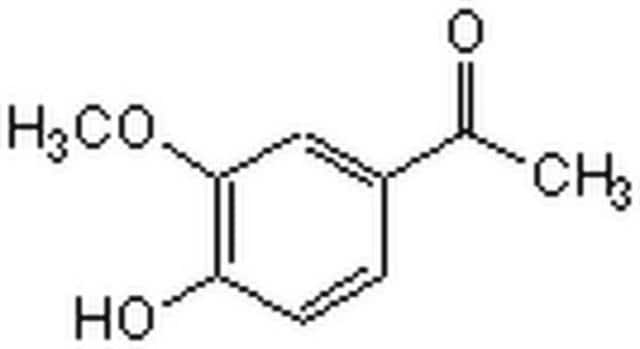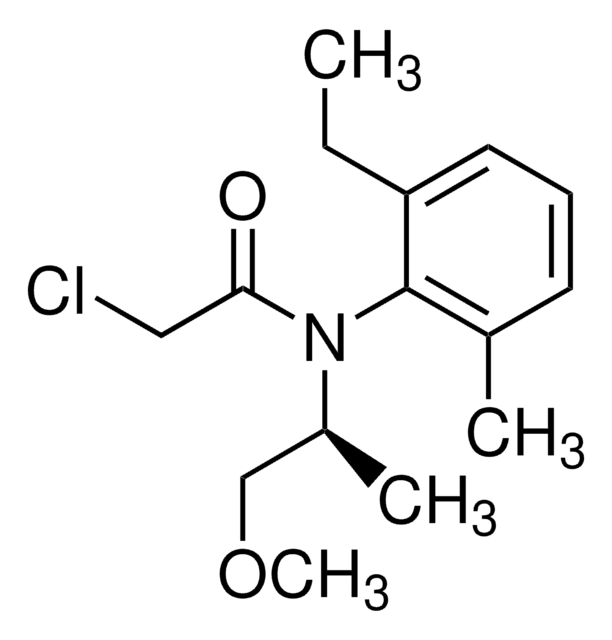557368
Rotenone
≥98% (HPLC), solid, NADH-CoQ reductase inhibitor, Calbiochem
Synonym(s):
Rotenone
About This Item
Recommended Products
product name
Rotenone, A mitochondrial toxin and a potent, reversible, and competitive inhibitor of complex I (NADH-CoQ reductase) of the respiratory chain.
Quality Level
Assay
≥98% (HPLC)
form
solid
manufacturer/tradename
Calbiochem®
storage condition
OK to freeze
protect from light
color
white to off-white
solubility
ethanol: 5 mg/mL
DMSO: 50 mg/mL
chloroform: 50 mg/mL
shipped in
ambient
storage temp.
10-30°C
InChI
1S/C23H22O6/c1-11(2)16-8-14-15(28-16)6-5-12-22(24)21-13-7-18(25-3)19(26-4)9-17(13)27-10-20(21)29-23(12)14/h5-7,9,16,20-21H,1,8,10H2,2-4H3/t16-,20-,21+/m1/s1
InChI key
JUVIOZPCNVVQFO-HBGVWJBISA-N
General description
Biochem/physiol Actions
NADH-CoQ reductase
Packaging
Warning
Reconstitution
Other Notes
Higgins, D.S., Jr. and Greenamyre, J.T. 1996. J. Neurosci. 16, 3807.
Cunningham, M.L., et al. 1995. Cancer Lett. 95, 93.
Legal Information
Signal Word
Danger
Hazard Statements
Precautionary Statements
Hazard Classifications
Acute Tox. 1 Inhalation - Acute Tox. 2 Oral - Aquatic Acute 1 - Aquatic Chronic 1 - Eye Irrit. 2 - Skin Irrit. 2 - STOT SE 3
Target Organs
Respiratory system
Storage Class Code
6.1A - Combustible acute toxic Cat. 1 and 2 / very toxic hazardous materials
WGK
WGK 3
Certificates of Analysis (COA)
Search for Certificates of Analysis (COA) by entering the products Lot/Batch Number. Lot and Batch Numbers can be found on a product’s label following the words ‘Lot’ or ‘Batch’.
Already Own This Product?
Find documentation for the products that you have recently purchased in the Document Library.
Customers Also Viewed
Our team of scientists has experience in all areas of research including Life Science, Material Science, Chemical Synthesis, Chromatography, Analytical and many others.
Contact Technical Service














